Exploring A Classic Culinary Comedy: Sua Eccellenza si fermò a mangiare
In the annals of Italian cinema, few films capture the essence of comedy, culture, and cuisine quite like Sua Eccellenza si fermò a mangiare. Directed by Mario Mattoli in 1961, this cinematic gem, later re-released as “Dr. Tanzarella, Personal Physician of… Founder of the Empire” in 1967, continues to enchant audiences with its blend of humor and social commentary. With a stellar cast led by Totò and Ugo Tognazzi, the film offers a delightful journey through the complexities of fascist Italy, all set against the backdrop of sumptuous culinary delights. Let’s delve into the flavorful world of this classic comedy.
Set amidst the lavish surroundings of Countess Bernabei’s villa in Castelletto, the film unravels during a luncheon attended by an eclectic mix of characters. Among them is a high-ranking minister, affectionately referred to as “Excellency”, and a cunning imposter posing as Dr. Tanzarella, the esteemed physician to the Duce. As romantic entanglements and a scheme to pilfer gold cutlery unfold, the stage is set for a comedy of errors like no other.
Before its release, Sua Eccellenza si fermò a mangiare underwent rigorous scrutiny from censorship boards due to its portrayal of fascist Italy and its exploration of themes such as infidelity and political intrigue. Despite rumors of tension between Totò and Mattoli, the film emerged as a testament to their collaborative genius. Totò’s portrayal of Dr. Tanzarella, with his aristocratic flair and gentlemanly swindling, remains a highlight of his illustrious career.
At the heart of the film are the captivating performances of Totò and Ugo Tognazzi. Totò’s comedic prowess shines through in his portrayal of Dr. Tanzarella, a character brimming with charm and wit. Tognazzi, meanwhile, brings depth to the role of Ernesto, the catalyst for much of the film’s chaos. Together, they form a dynamic duo whose on-screen chemistry elevates the film to new heights of hilarity.
Sua Eccellenza si fermò a mangiare stands as a timeless testament to the power of comedy to transcend boundaries and capture the imagination. With its witty script, memorable performances, and sumptuous culinary backdrop, the film continues to entertain audiences decades after its release. As viewers embark on a journey through the whimsical world of fascist Italy, they are reminded that sometimes, the best way to navigate life’s complexities is with a hearty dose of laughter and good food.
Watch the whole movie on Movieitaly+
Read more articles here!


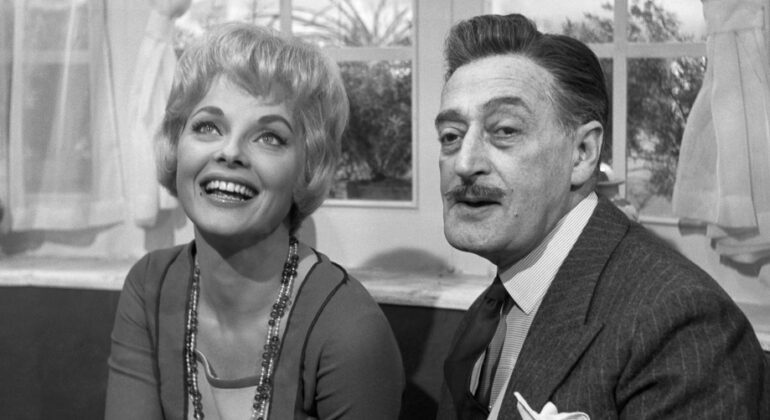
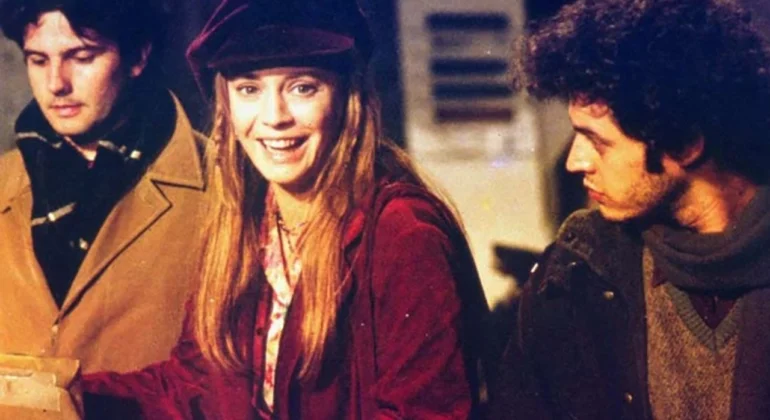
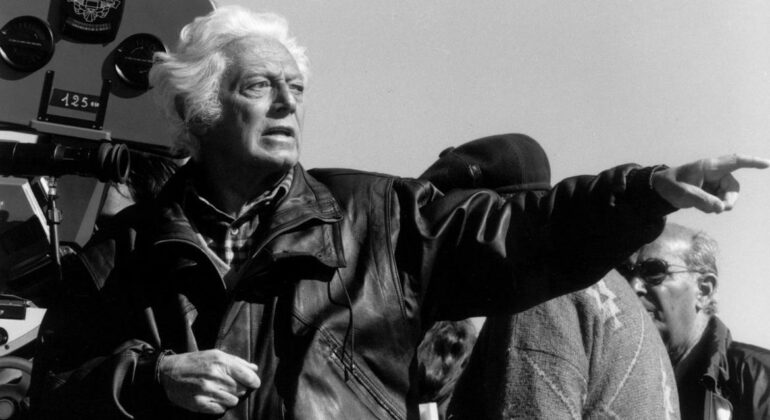
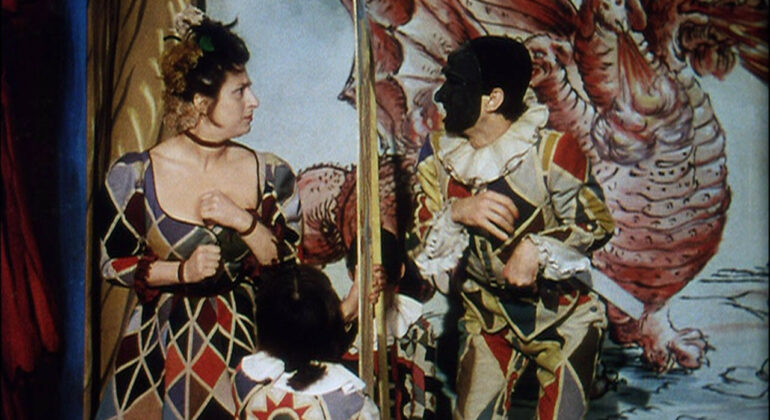
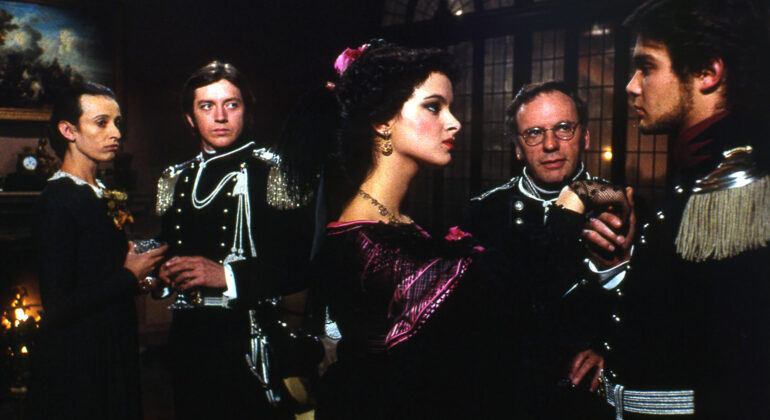
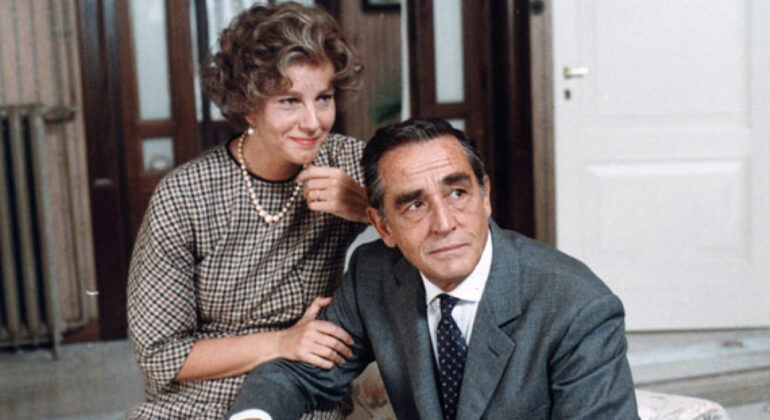
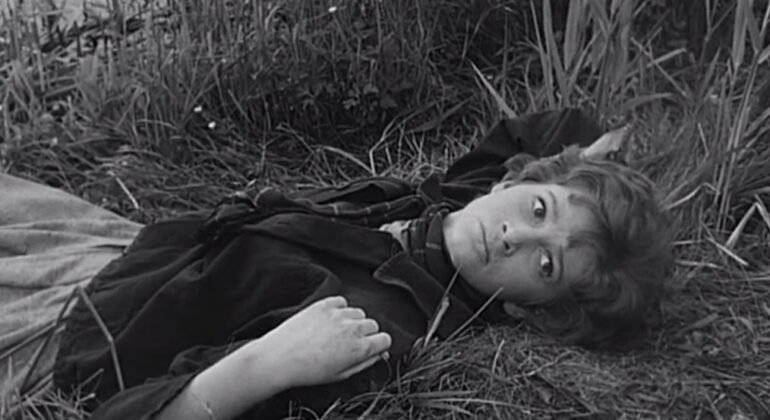
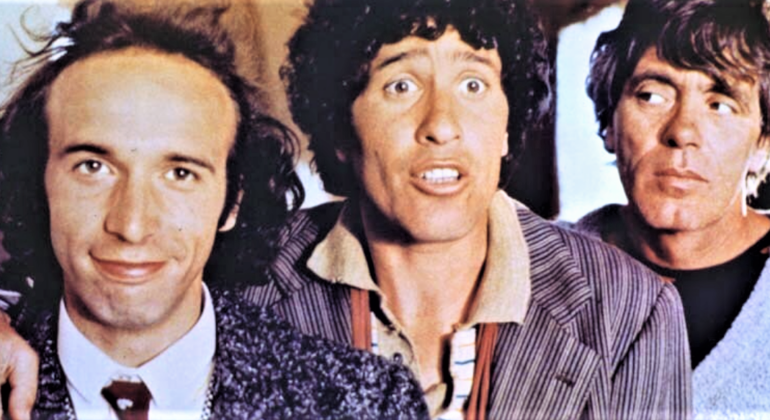



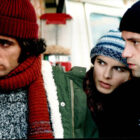


Recent Comments